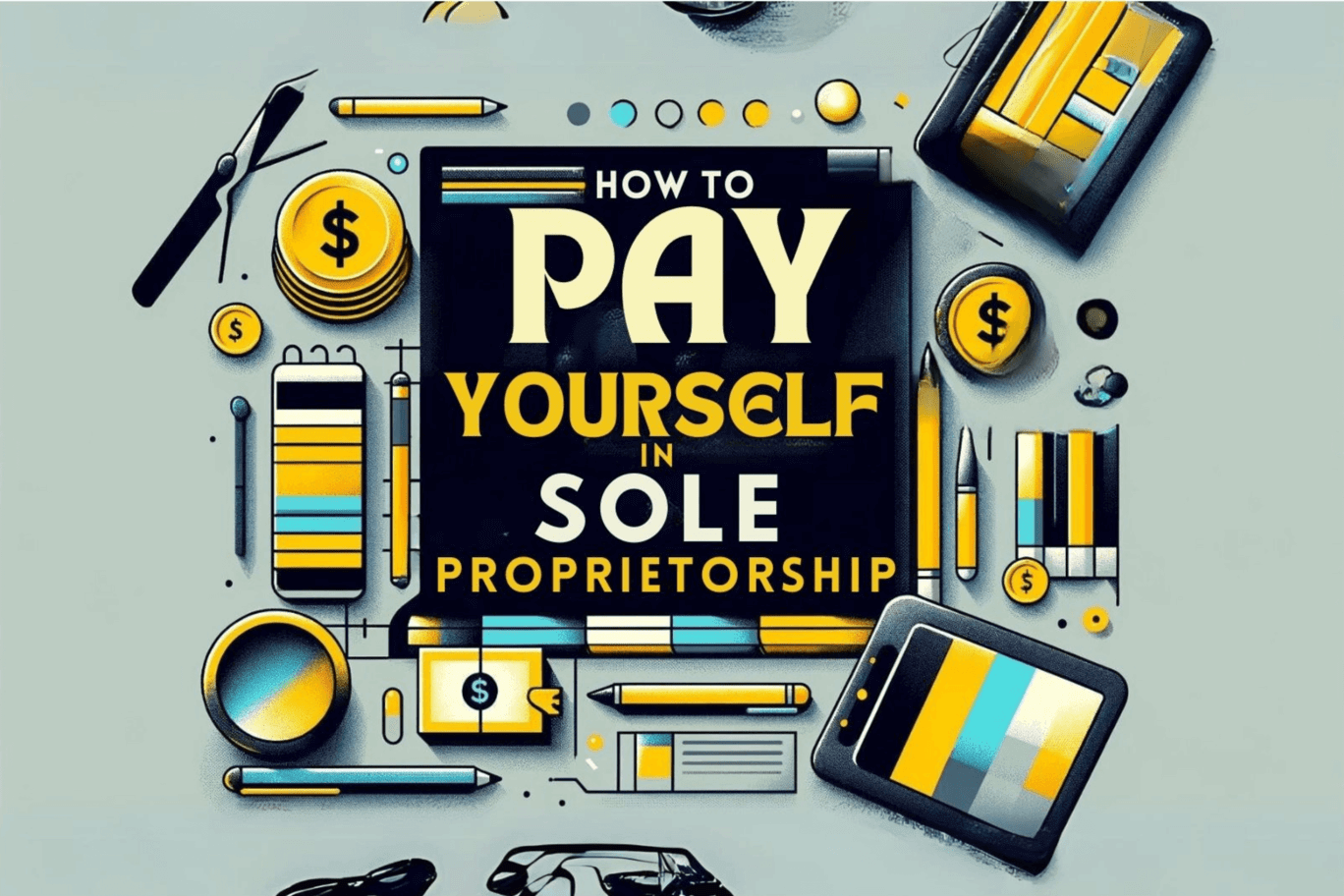
A Complete Guide for Entrepreneurs on How to Pay Yourself in Sole Proprietorship
Managing the finances
of a one-person business may be difficult, particularly when it comes to paying oneself. It's a balancing act that calls for awareness of the financial
standing of both your company and your own requirements. By providing helpful
guidance on how to profit from your sole proprietorship in an ethical and
successful manner, this guide seeks to demystify the process.
Key Takeaways:
|
Aspect |
Key Information |
|
Payment Methods |
Utilize owner’s draw or consider a salary
arrangement through a separate entity for consistency. |
|
Tax Considerations |
Understand the text implications of your chosen compensation
method, including self-employment taxes. |
|
Financial Planning |
Engage in meticulous financial planning to ensure
your compensation aligns with both business performance and personal needs. |
|
Benefits & Retirement Planning |
Leverage retirement accounts like SEP, IRAs and
Solo 401(k)s designed for sole proprietors. |
|
Record Keeping |
Maintain meticulous records of all income draws for
tax purposes and financial clarity. |
Exploring Compensation Strategies for
Sole Proprietors
The simplicity and clear connection between the owner's personal wealth and the business's performance characterize a single proprietorship. Sole entrepreneurs must choose how and when to transfer firm revenues for personal use, unlike workers who get a regular payment. Despite its flexibility, this procedure needs a systematic approach in order to preserve a sound balance between the owner's life and the demands of the firm.
Examining Self-Paying Strategies
Owner’s Draw:
The principal technique entails the owner of the firm moving money from
the company account to their personal account. It is preferred because it is
straightforward and flexible, enabling owners to modify their draws in
accordance with both their personal and the company's financial needs.
Salary through a Separate Entity:
The owner of a sole
proprietorship can get paid by transforming it into an organization like a S
corporation for those looking for a more organized approach. This approach provides a steady income and
could have tax benefits, but it requires setting up a payroll system and
follows more formal tax withholdings.
Evaluating Payment Methods:
|
Method |
Pros |
|
Owner’s Draw |
Maximum flexibility, simple management |
|
Salary (SCorp) |
Steady income, possible tax advantages |
Navigating Tax Considerations
One of the biggest concerns for lone owners is taxes. Owners are required to pay taxes on the whole profit of the business as the IRS views the owner and the business as a single entity for taxation purposes. It is therefore crucial to budget for self-employment taxes, which include Social Security and Medicare levies. Tax season shocks may be avoided by engaging in proactive tax preparation, which includes quarterly anticipated tax payments.
Strategic Financial Planning
It is crucial to create a financial plan that takes into consideration both the long-term viability of the company and your own financial situation. Reviewing the company's finances on a regular basis can help you figure out a fair draw that will sustain your lifestyle without limiting the company's ability to develop.
Comprehensive Financial Planning Checklist
|
Task |
Description |
|
Regular Finance Review |
Assess business performance to gauge how much can
be safety drawn without impacting operational stability. |
|
Align with Personal Budget |
Ensure the draw meets personal financial needs,
considering all household expenses. |
|
Tax Preparation |
Set aside a portion of each draw for taxes to
mitigate the impact of self-employment taxes. |
Structuring Your Compensation Strategy
By approaching your remuneration in a methodical manner, you can streamline your financial management and make sure you're successfully meeting the demands of your company as well as your own.
Steps to Systematic Compensation:
1. Determine Draw Frequency: Establish a regular schedule for your draws to create consistency in your personal finances.
2. Calculate a Sustainable Amount: Based on your business's financial health and your personal budget, set a draw amount that aligns with both.
3. Automate the Process: If feasible, automate transfers to streamline the process and reduce the temptation to dip into business funds irregularly.
Importance of Diligent Record Keeping:
It's not just prudent to keep thorough records of all income withdrawals; doing so is necessary for financial transparency and tax considerations. Accurate income reporting and professional and personal financial management are made easier with the use of these data.
Concluding: Understanding the Remuneration of Sole Proprietors
As a lone entrepreneur, you must pay yourself with a combination of discipline, flexibility, and strategic preparation. You may guarantee a profitable balance between your commitments by being aware of the various payment options, taking care of your tax duties right away, and committing to a planned financial plan.
ASAN Can Help
Empower your financial future with ASAN's expert guidance on Sole Proprietorship, aligning investments with your goals for true financial freedom.
Ready to take the next step?
Contact Us
📞 Phone: +1(613)-981-7097
🌐 Website: asangroupinc.com
Disclaimer:
The information provided in this blog is intended for general guidance and informational purposes only and should not be considered as professional accounting, audit, or assurance advice. Please consult with a certified professional for specific advice tailored to your situation.

